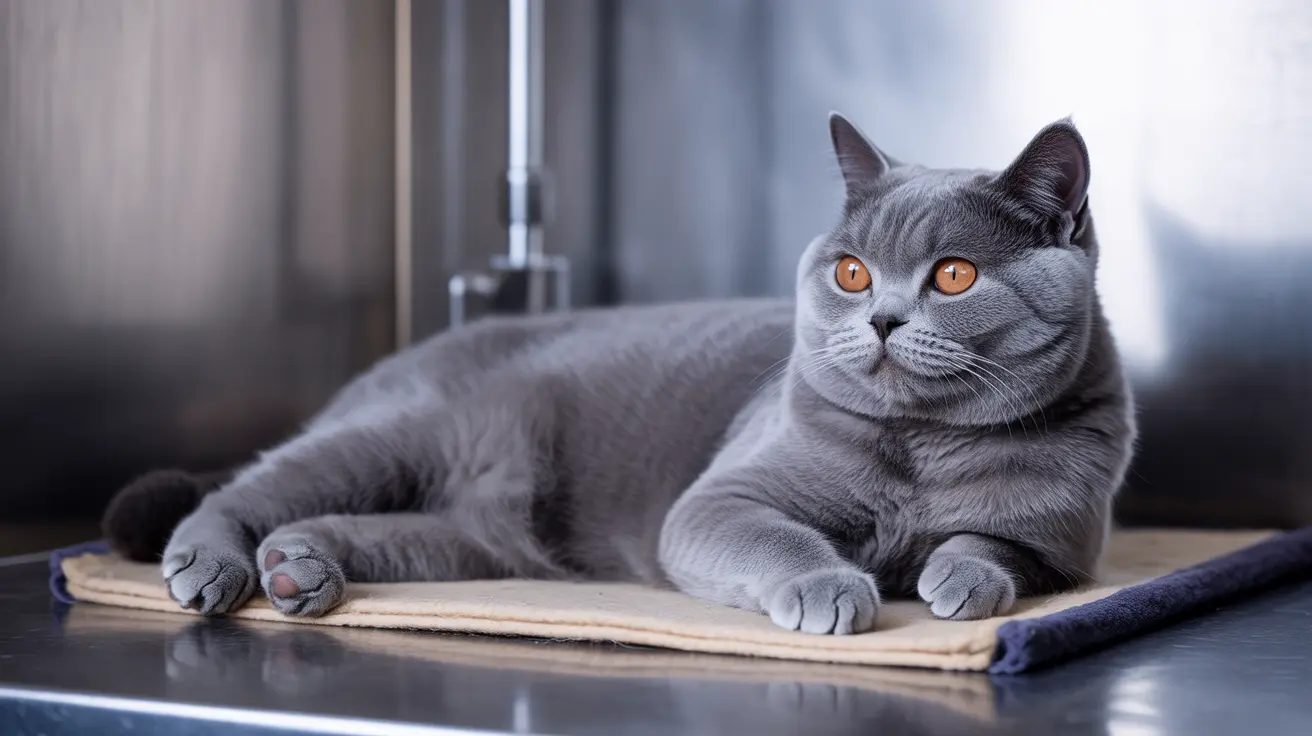When a cat experiences spinal trauma, quick recognition of symptoms and immediate veterinary care can make the difference between recovery and permanent disability. Understanding the signs of a broken spine or spinal injury in cats is crucial for every pet owner, as these injuries require urgent medical attention.
In this comprehensive guide, we'll explore the critical symptoms of spinal injuries in cats, along with essential information about diagnosis, treatment options, and recovery expectations. Whether you're dealing with a potential emergency or seeking to better understand these serious injuries, this article will provide the knowledge you need.
Key Signs of Spinal Injury in Cats
Spinal injuries can manifest through various symptoms, ranging from subtle changes to obvious physical difficulties. Here are the most common indicators:
Mobility Changes
- Inability to walk or stand
- Dragging of hind limbs
- Uncoordinated movement (ataxia)
- Weakness in all four limbs (tetraparesis)
- Complete paralysis of certain body parts
Pain and Behavioral Signs
- Vocalization when touched or moved
- Reluctance to move or jump
- Unusual aggression or withdrawal
- Hunched posture
- Visible discomfort during handling
Immediate Steps After Injury
If you suspect your cat has suffered a spinal injury, taking the right actions immediately is crucial:
Emergency Response
- Minimize movement to prevent further injury
- Keep the cat warm and comfortable
- Contact your veterinarian immediately
- Avoid manipulating the spine or neck
Diagnostic Process
Veterinarians use several methods to confirm and assess spinal injuries:
- Physical examination
- Neurological assessment
- X-rays or radiographs
- Advanced imaging (MRI/CT scan)
- Blood work to rule out other conditions
Treatment Approaches
Treatment varies depending on the severity and location of the injury:
Conservative Management
- Strict cage rest
- Pain medication
- Anti-inflammatory drugs
- Physical therapy
- Supportive care
Surgical Intervention
- Stabilization of fractures
- Decompression procedures
- Disk removal
- Spinal fusion when necessary
Recovery and Long-term Care
The recovery process requires patience and dedication:
- Regular veterinary check-ups
- Physical rehabilitation exercises
- Environmental modifications
- Assistance with daily activities
- Close monitoring for complications
Frequently Asked Questions
What are the most common symptoms indicating my cat might have a broken spine?
The most obvious signs include inability to walk, paralysis, severe pain, dragging limbs, and loss of bladder or bowel control. Any sudden change in mobility or obvious pain requires immediate veterinary attention.
How do veterinarians diagnose spinal injuries in cats?
Veterinarians use a combination of physical examination, neurological assessment, and imaging techniques like X-rays, CT scans, or MRI to diagnose spinal injuries and determine their severity.
What treatment options are available for cats with spinal fractures or spinal cord injuries?
Treatment options range from conservative management (rest, medication, and supportive care) to surgical intervention, depending on the injury's severity. Physical therapy and rehabilitation are often crucial components of recovery.
How can I safely transport my cat to the vet if I suspect a spinal injury?
Transport your cat on a firm, flat surface like a board or box lid, minimizing movement. Keep them warm and secure, and avoid twisting or bending their spine during transport.
What is the prognosis for a cat with a broken spine and how can I support their recovery at home?
Prognosis varies depending on injury severity and treatment timing. Support recovery by following veterinary instructions, providing a safe environment, assisting with mobility, and maintaining proper hygiene. Regular monitoring and patience are essential for optimal outcomes.
Understanding cat broken spine symptoms and acting quickly when they appear can significantly impact your pet's chances of recovery. Always consult with a veterinarian immediately if you suspect your cat has suffered a spinal injury, as prompt professional care is essential for the best possible outcome.






